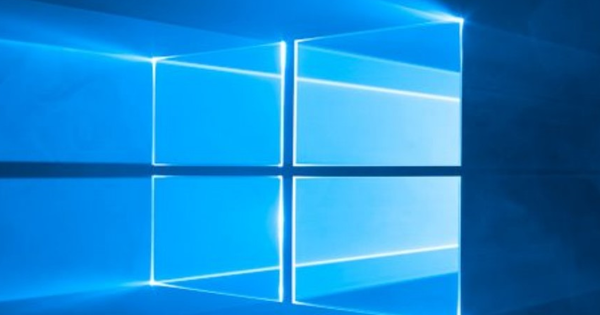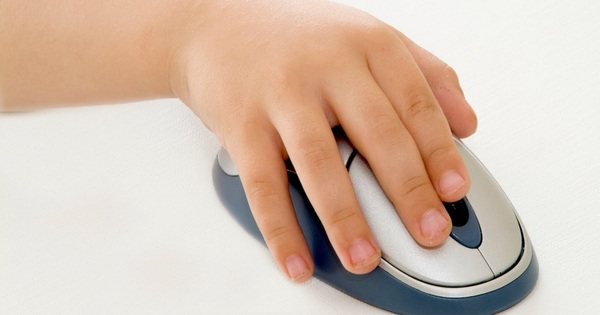Keeping track of emails, calendars and contacts can take up a lot of valuable work time. However, anything that speeds up your work in Outlook can dramatically increase your productivity. These 10 tips will help you get through your messages and calendars faster, and work more effectively overall.
This is a loosely translated article from our sister site PCWorld.com, written by Helen Bradley (@helenbradley). The opinion of the author does not necessarily correspond to that of ComputerTotaal.nl, and the terms and settings mentioned may have different names in the Dutch software.
1. View your Inbox your way
When you first open your inbox, you'll see a default view. But it doesn't have to look like that. Click the View tab on the ribbon toolbar and choose Change View . You can choose from several settings, including displaying only the most recent emails.
In the View tab, you can also select Message Previews and disable them. Or choose 1 , 2 , or 3 to show that number of lines of message text below the header. You can configure this per folder or for all folders.
Click View Settings to customize a view, such as adding columns or rearranging the order. The Arrangement options allow you to sort emails by date, subject, and so on. The Layout options allow you to customize the folder pane and reading pane.
If everything is to your liking, click Change View > Save Current View As a New View. Enter a name for the new view and indicate which folders it can be used for and by whom. You can now return to this view by clicking Change View and then selecting your saved view.
2. Redefine what marks an email as “read”
In Outlook, unread emails have a different color than already read messages. However, an email is very easily marked as read when you barely looked at it, so you may be overlooking something important.
To avoid this, select File > Options > Mail and click the Reading Pane button. Check the box next to “Mark items as read when viewed in the Reading Pane”. Choose how long the message should be in the reading pane before Outlook marks it as read.
3. Write your own rules for displaying posts
Outlook 2013 has a new way to indicate read messages. There is a blue bar to the left of the message in your Inbox, and the header is also blue. However, you can change both the color and the font. You can even write your own rules and colorize your emails with colors of your choice.
You can color e-mails based on who sent them, or words in the subject line via View > View Settings > Conditional Formatting. You can also add a new rule by clicking Add. Type in a new name and click Font to choose a font and color for the email header. Finally, click the Condition button to create the corresponding rule.
4. Restore the To-Do bar
In Outlook 2013, the To-Do bar is disabled by default, but you can easily get it back. Click the View tab, select To-Do Bar, and choose which items should appear on the bar. They appear in the order you select them.
However, the To-Do bar no longer functions as it did in previous versions of Outlook. However wide it is, you can only view one calendar month. And if you don't have appointments today but you do tomorrow, you can't see them today.
5. Connect with your social media accounts
When you link Outlook to your social media accounts, the People module can display information about your contacts and their activities. To do this, go to File > Info > Account Settings > Social Network Accounts . Select a service, enter the corresponding account information, and give Outlook permission to access your account.
Read more tips for Microsoft Outlook 2013 on the next page...

